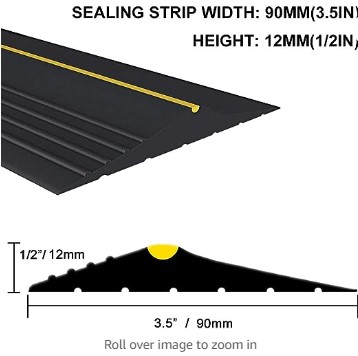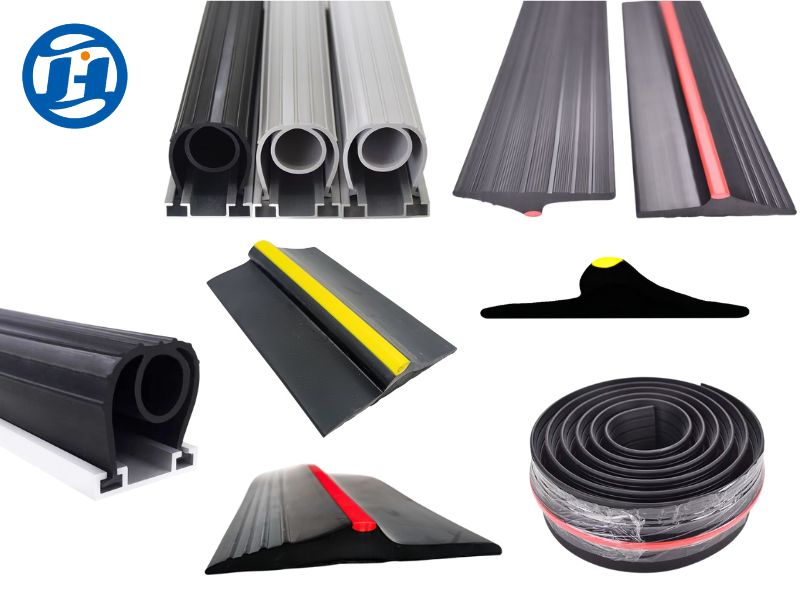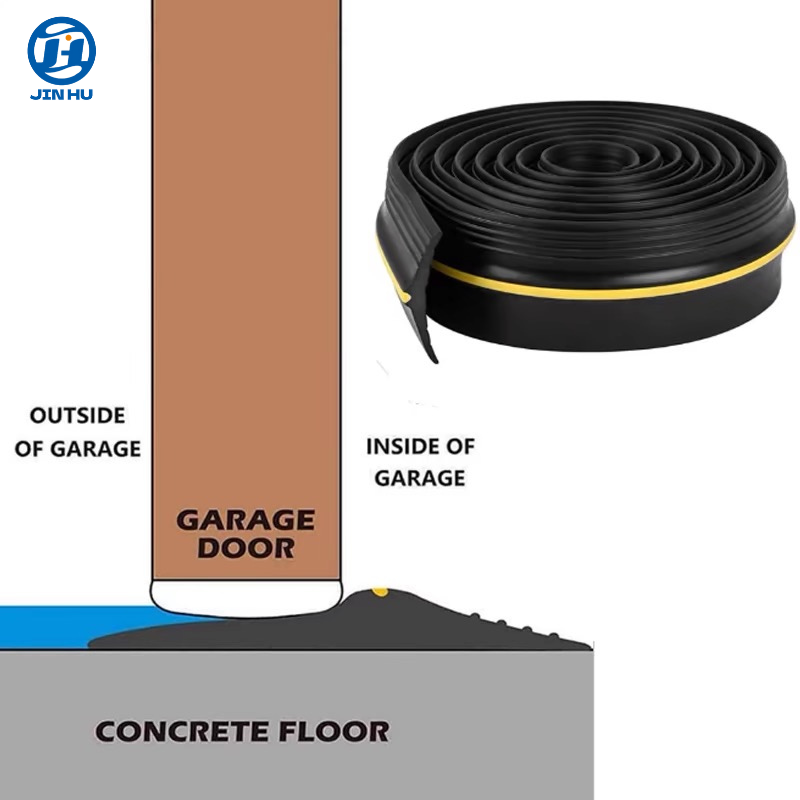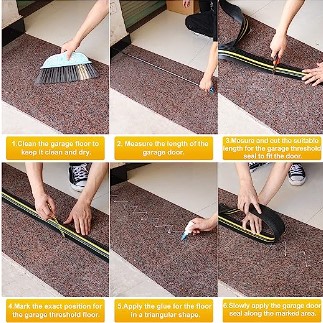Garage Door Seals: Garage's first line of defense
March 27, 2025
In the hustle and bustle of daily life, our garages often serve as more than just a place to park our vehicles. They are storage spaces for tools, equipment, and sometimes even a sanctuary for hobbies. However, an often overlooked aspect of garage maintenance is the importance of proper sealing. Garage door seals play a crucial role in protecting the interior of your garage from the elements, particularly rainwater, dust, sand, and debris such as leaves.

Garage door seals are designed to create a tight barrier between the exterior and interior of your garage. They are typically installed along the bottom, sides, and top of the garage door. Without effective seals, your garage can become a catch-all for unwanted elements. Rainwater can seep in through gaps, leading to damp floors and potential damage to stored items. Dust and sand can blow in, accumulating and making the space unclean. Leaves and other debris can also find their way inside, creating a mess and possibly clogging drains.
Types of Garage Door Seals
There are several types of garage door seals available on the market, each with its own advantages.

- Rubber Seals: Rubber seals are a popular choice due to their flexibility and durability. They come in various shapes, such as T-shaped, V-shaped, and bulb seals. T-shaped seals are particularly effective at creating a tight seal against the garage floor. Rubber seals are also resistant to weathering and can withstand temperature fluctuations.
- Vinyl Seals: Vinyl seals are another common option. They are known for their flexibility and ability to conform to uneven surfaces. This makes them ideal for garages with rough or uneven floors. Vinyl seals are also resistant to moisture and can help prevent water ingress.
- PVC Seals: PVC seals are known for their durability and resistance to wear and tear. They are often used in commercial settings but can also be a great choice for residential garages. PVC seals are resistant to UV rays, making them suitable for garages that receive a lot of sunlight.
- Brush Seals: Brush seals are made from bristles that create a flexible barrier. They are particularly effective at keeping out dust and small debris. Brush seals are also easy to install and can be a cost-effective solution for sealing gaps along the sides and top of the garage door.

Installation Tips

Proper installation is key to ensuring the effectiveness of your garage door seals. Here are a few tips to help you get the best results:
- Measure Accurately: Before purchasing your seals, measure the gaps around your garage door carefully. This will help you choose the right size and type of seal for your needs.
- Clean the Surface: Make sure the area where the seal will be installed is clean and free of dirt, grease, and debris. This will help ensure a strong bond between the seal and the garage door or frame.
- Follow Instructions: Each type of seal comes with its own installation instructions. Be sure to follow these carefully to ensure proper installation. Some seals may require adhesive, while others may need to be nailed or screwed into place.
- Check for Gaps: After installation, check the seal to ensure there are no gaps or areas where it is not making proper contact with the floor or door. Adjust as necessary to create a tight seal.
Maintenance and Replacement
Garage door seals, like any other component, will wear over time. Regular maintenance can help extend their lifespan. Inspect your seals periodically for signs of wear, such as cracks or gaps. If you notice any issues, it’s important to replace the seals promptly to maintain the integrity of the seal.



